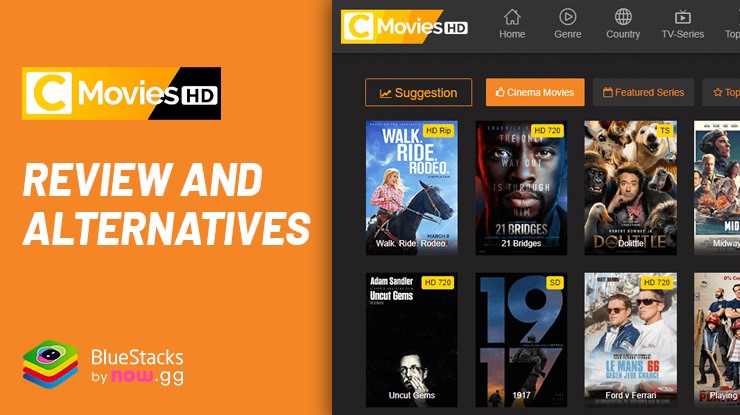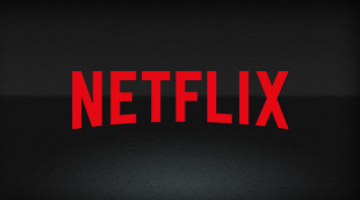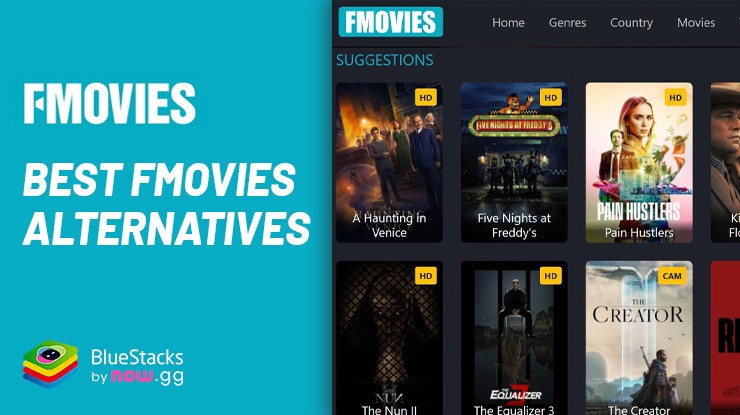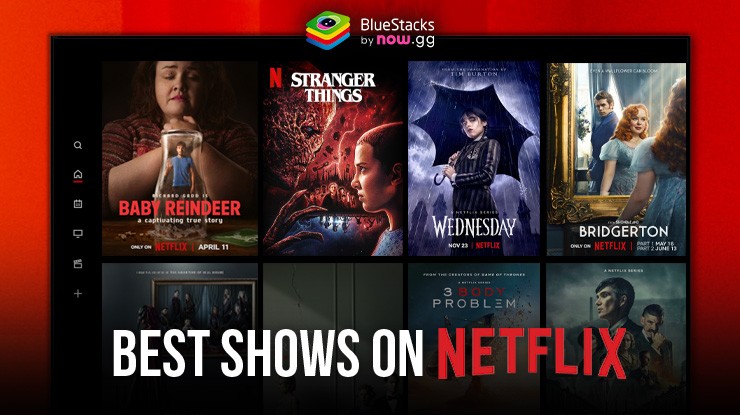Is Netflix Worth Your Money in 2024? All Subscription Plans Explained
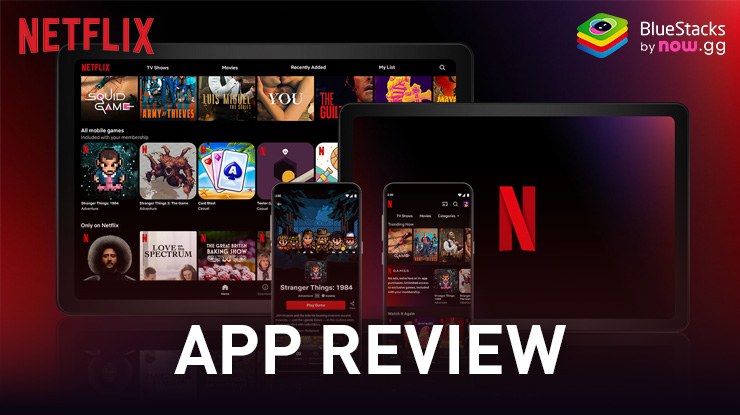
If you’re a movie buff or love watching new webseries, there’s hardly a chance you might have not heard about Netflix. Originally started as a video on-demand service, Netflix has evolved into a multi-billion dollar internet service company that has a separate application and website to host it’s content. The app has access to some of the most loved and lucrative shows such as Stranger Things, Squid Game, Black Mirror, Glass Onion, Baby Reindeer, and more.
All this entertainment does come with a cost though, as you need to purchase a subscription plan to access Netflix. You either need to sign up yourself or use an active ID with a running subscription to access the wide variety of content. It’s imperative to check the pros and cons of each subscription plan on Netflix, as each plan is designed for a different type of user. Your choice can change based on the quality you require, numbers of screen you require, and more. A quick tip: purchasing an yearly plan is much cheaper than recharging the same on a monthly basis.
Netflix Subscription Plans: Cost, Duration, Screens, and Quality (May 2024)
As of 2024, Netflix has 3 plans available for new users signing up – Standard with Ads, Standard, and Premium. Each plan has their differences in terms of price, number of screens available, quality of videos, advertisements, and more. Users need to choose carefully on which plan they need to purchase according to their requirements. A Basic Plan costing $9.99 per month was discontinued earlier but users who purchased it before July 2023 can still access it and renew it. For new plans, here are the core differences:

Standard with Ads ($6.99/Month)
- Ad-supported, all but a few movies and TV shows available, unlimited mobile games
- Watch on 2 supported devices at a time
- Watch in Full HD
Standard ($15.49/Month)
- Unlimited access to ad-free TV series, films, and mobile games
- Watch simultaneously on two compatible devices
- Watch in High Definition
- Download simultaneously on two compatible devices
- Option to add one more non-living member ($7.99/month)
- For $7.99 apiece, add more member spots.
Premium ($22.99/Month)
- Unlimited access to ad-free TV series, films, and mobile games
- Watch simultaneously on four compatible devices
- See in High Definition
- Download simultaneously on six compatible devices
- Option to add two additional non-living members ($7.99/month each)
- Spatial audio on Netflix
- For $7.99 apiece, add more member spots.
Netflix Standard with Ads Plan Explained – $9.99/Month (May 2024)
After years of requests, Netflix eventually launched the lowest-cost Standard with Ads plan on November 3, 2022, in the US, Australia, Brazil, Canada, France, Germany, Italy, Japan, Korea, Mexico, Spain, and the UK.

All but a few movies and TV episodes are included in the $6.99/month Standard with Ads plan, which is an ad-supported subscription. This plan also lets you access for unlimited playtime on mobile games like Oxenfree and Spiritfarer. Additionally, it lets members watch simultaneously on two approved devices, so you may watch two separate shows—or the same one! —on two different devices. This is particularly helpful if you share a home with other people. Users who opt for this plan can stream their favourite movies/tv shows at Full HD (1080P) quality, opposed to the 720P HD quality you get from only Basic Plan.
Netflix Standard Plan Explained – $15.49/Month (May 2024)
The Standard Plan offers the finest alternatives for consumers who live in households with numerous people and prefer to watch their content at a better resolution. It is also the most popular plan according to Netflix themselves. The Standard Plan does cost $5.50 more per month than the Basic plan, but in exchange, it offers several significant changes that make it worthwhile to consider. First off, all of Netflix’s material is accessible without advertisements to Standard plan users, who may view it in Full HD (1080p) resolution.

Additionally, users of the Standard plan can download content to two devices simultaneously and stream Netflix on two devices simultaneously. For an additional $7.99 per month, you can add a single person who does not reside with you at this tier. This is a decent alternative as Netflix is now cracking down on account sharing. This is quite helpful, particularly if you are providing support to non-living family members or friends or if you just want to give them a Netflix treat. One more thing, users who are outside of your family plan need to login using their own ID and password.
Netflix Premium Plan Explained – $22.99/Month (May 2024)
The most expensive Netflix package, the Premium plan includes every feature available on the streaming service. In addition to providing users with unrestricted access to Netflix’s vast collection, the platform enables users to view material at up to 4K (Ultra HD) resolutions, making it an excellent choice for TV owners with the newest models.

Netflix may be streamed simultaneously on four devices with the Premium plan, which is useful for households with large families or groups of friends. Another advantage is that you may download Netflix content to up to six devices simultaneously, allowing four people to view Netflix simultaneously and two more to continue watching their downloaded video without any issues or problems.
Netflix spatial audio, which “enhances sound without the need for surround sound speakers or home theater equipment,” is one of the other main features of the Premium plan. Consider spatial audio as a variant of 3D audio in which sounds are perceived as emanating from more exact locations rather than just the left or right stereo channels. One more thing, users outside the family can be added to the plan at the cost of $7.99 per month per member.


